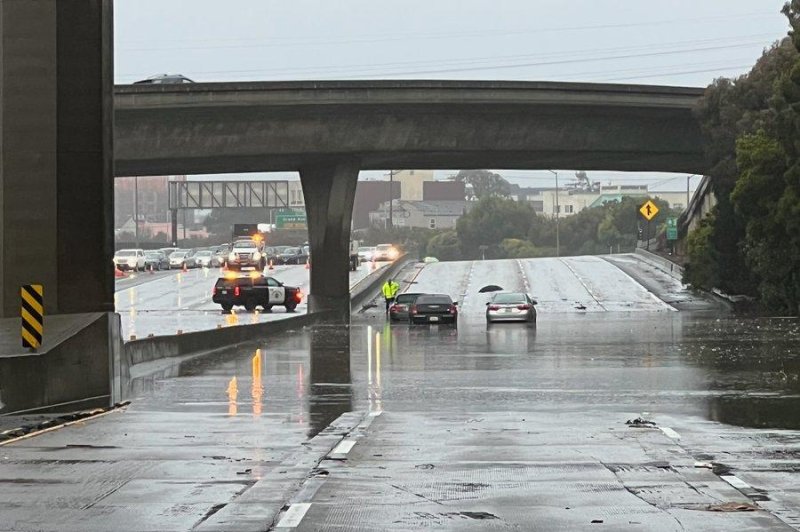101 Flooding

Flooding is a natural disaster that has plagued civilizations throughout history, leaving devastating impacts on communities, economies, and ecosystems. From flash floods to riverine inundations, coastal storm surges to urban deluges, floods manifest in various forms and intensities, posing significant challenges to societies worldwide. In this comprehensive guide, we delve into the intricate dynamics of floods, exploring their causes, impacts, and strategies for mitigation.
Understanding Floods:
1. Causes of Floods:
Floods occur due to a combination of natural and human-induced factors:
- Heavy Precipitation: Intense rainfall, often associated with thunderstorms or cyclones, can overwhelm drainage systems and lead to rapid flooding, especially in urban areas with impervious surfaces.
- Snowmelt: During warmer months, rapid snowmelt in mountainous regions can contribute to riverine floods, particularly when combined with heavy rainfall.
- Storm Surges: Coastal floods are often triggered by storm surges, where strong winds push seawater inland, inundating coastal communities.
- Topography and Drainage Patterns: Low-lying areas and regions with poor drainage are particularly susceptible to flooding, as water accumulates and fails to dissipate quickly.
- Deforestation and Land Use Changes: Human activities such as deforestation, urbanization, and the alteration of natural drainage patterns can exacerbate flooding by reducing the land’s ability to absorb and retain water.
2. Impacts of Floods:
The impacts of flooding can be far-reaching and devastating:
- Loss of Life: Floodwaters pose a direct threat to human life, causing drowning and injury, particularly in areas with inadequate evacuation plans or warning systems.
- Property Damage: Floods can destroy homes, infrastructure, and agricultural land, leading to significant economic losses for individuals and communities.
- Displacement: Floods often force people to evacuate their homes, leading to temporary or permanent displacement and exacerbating social and economic inequalities.
- Environmental Damage: Floods can disrupt ecosystems, leading to habitat destruction, soil erosion, and contamination of water sources with pollutants and debris.
- Health Risks: Floodwaters can carry pathogens and contaminants, increasing the risk of waterborne diseases such as cholera and dysentery, as well as exacerbating respiratory illnesses due to mold growth.
3. Mitigation Strategies:
While floods cannot be entirely prevented, effective mitigation strategies can reduce their impact and build resilience:
- Floodplain Management: Zoning regulations and land use planning can help prevent development in high-risk floodplain areas, reducing exposure to flood hazards.
- Infrastructure Improvements: Investing in robust drainage systems, levees, and flood barriers can help control floodwaters and protect vulnerable communities.
- Early Warning Systems: Implementing effective communication and early warning systems can provide timely alerts to at-risk populations, allowing for evacuation and emergency preparedness.
- Natural Flood Management: Restoring wetlands, planting trees, and preserving natural floodplains can enhance the landscape’s ability to absorb and retain water, reducing flood risk.
- Community Engagement: Engaging communities in flood risk awareness, preparedness, and response efforts can build local capacity and resilience to floods.
- Climate Change Adaptation: Addressing the root causes of flooding, such as climate change and extreme weather events, requires concerted efforts to reduce greenhouse gas emissions and adapt to changing environmental conditions.
Conclusion:
101 Flooding are a complex and multifaceted natural hazard that requires a comprehensive approach to mitigation and adaptation. By understanding the causes, impacts, and mitigation strategies outlined in this guide, individuals, communities, and policymakers can work together to build resilience and reduce the vulnerability of societies to flooding events. From sustainable land use planning to investment in infrastructure and early warning systems, proactive measures can help mitigate the impacts of floods and protect lives, livelihoods, and ecosystems in the face of this persistent threat.





